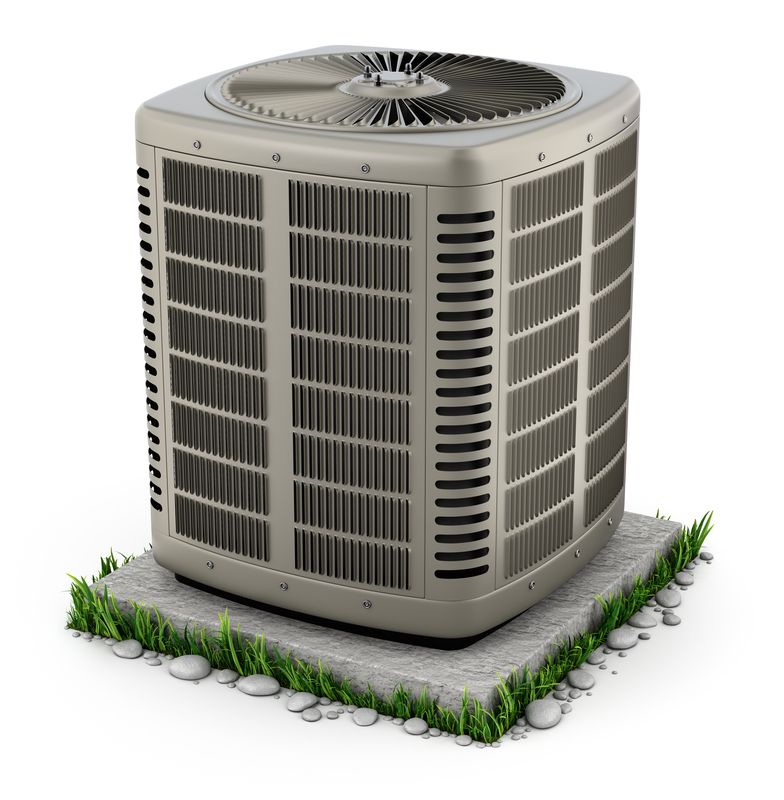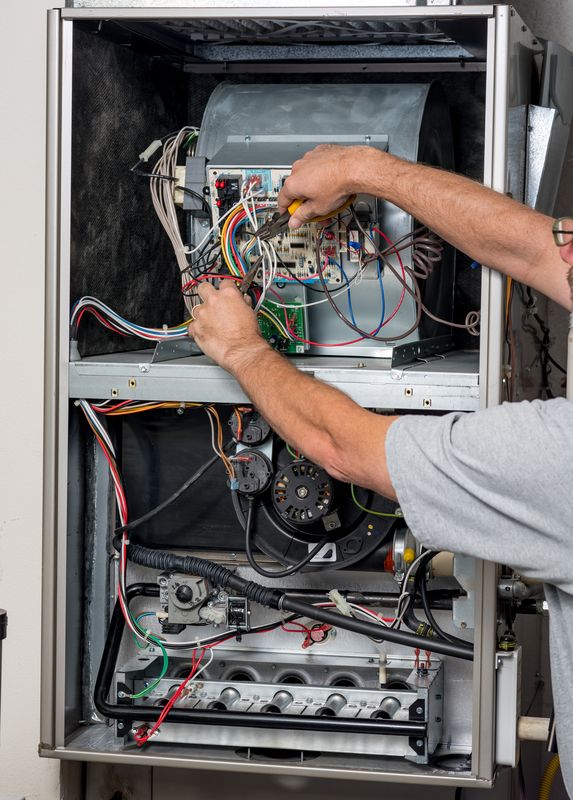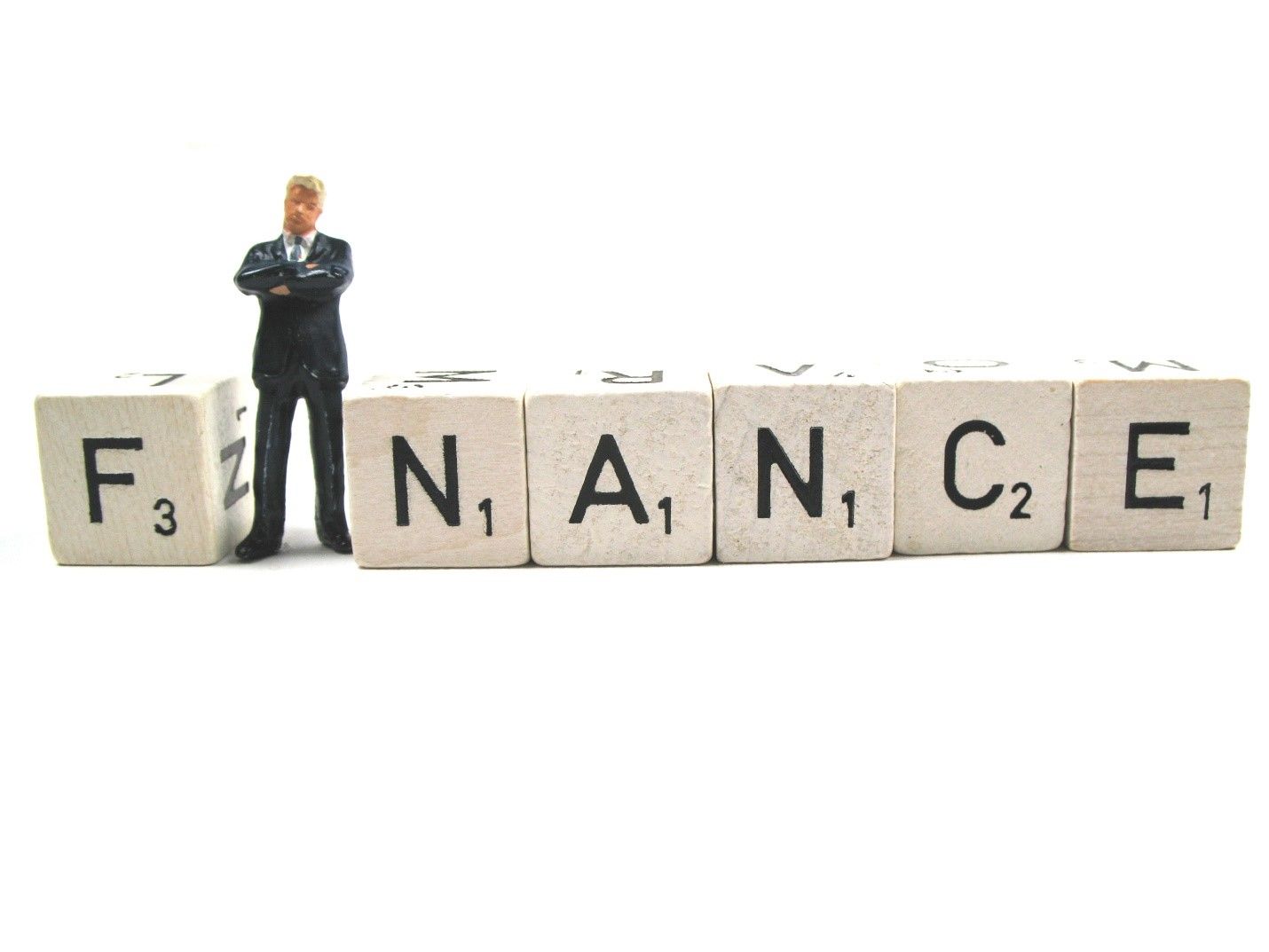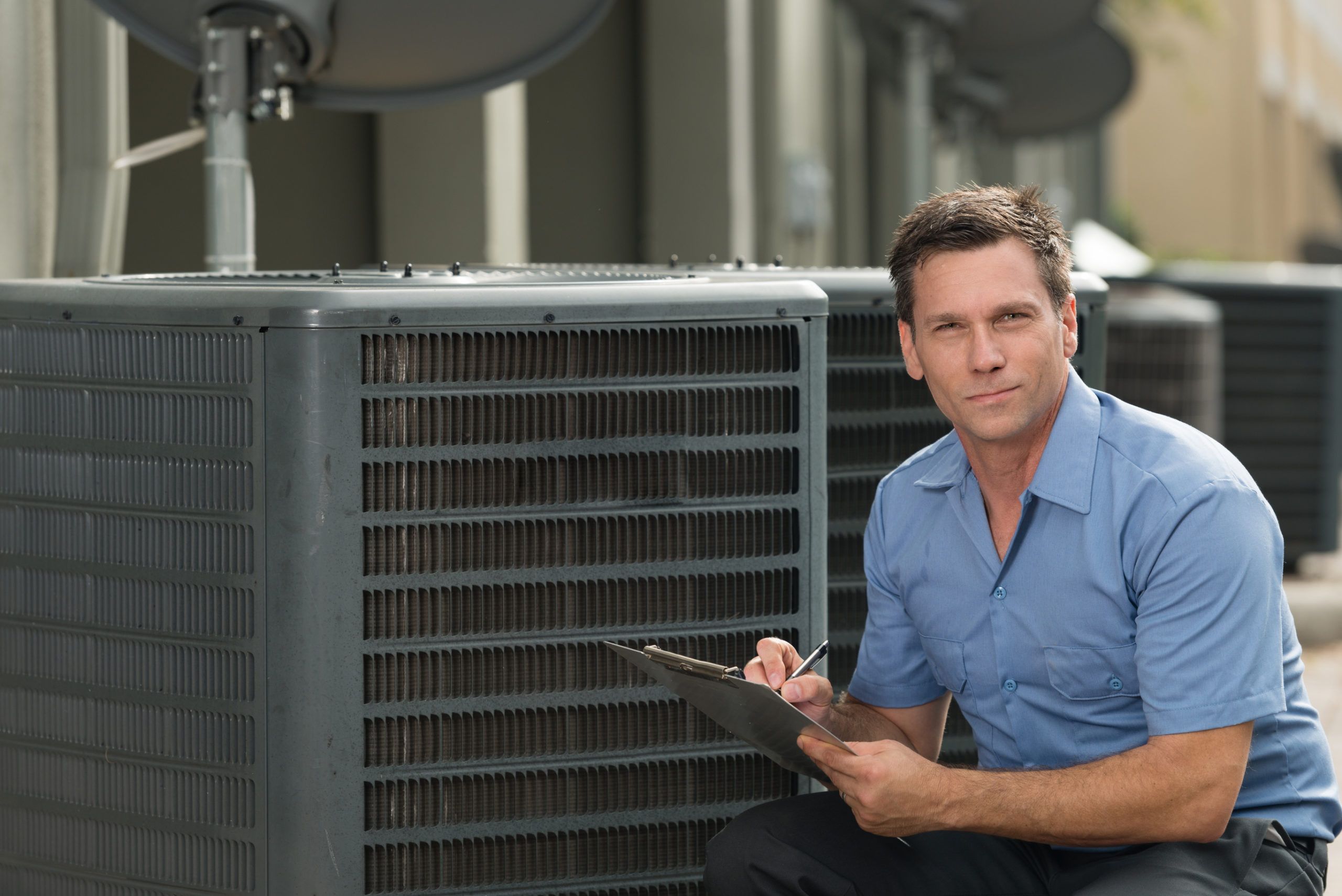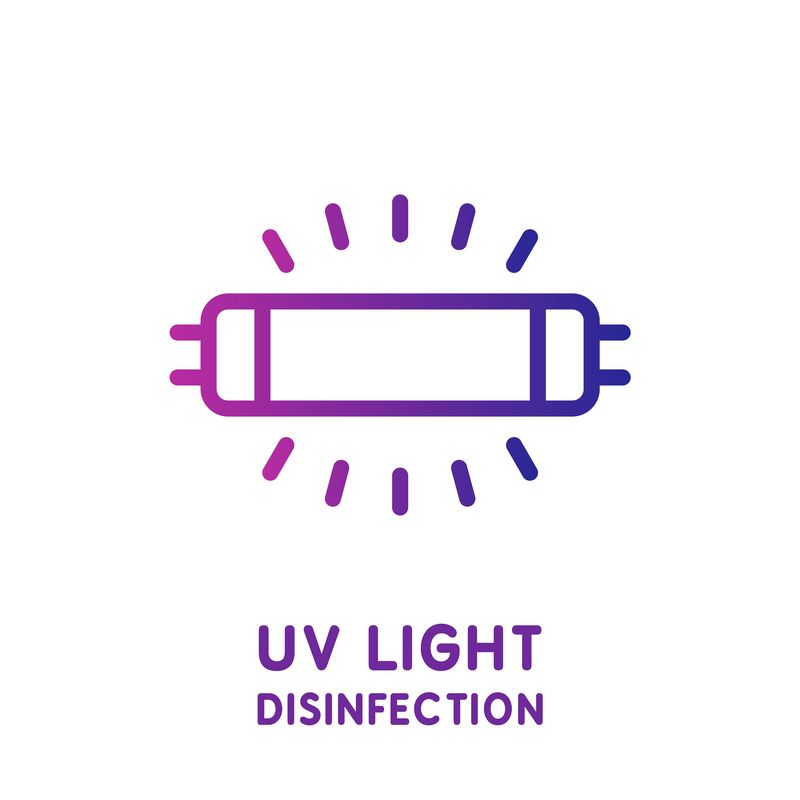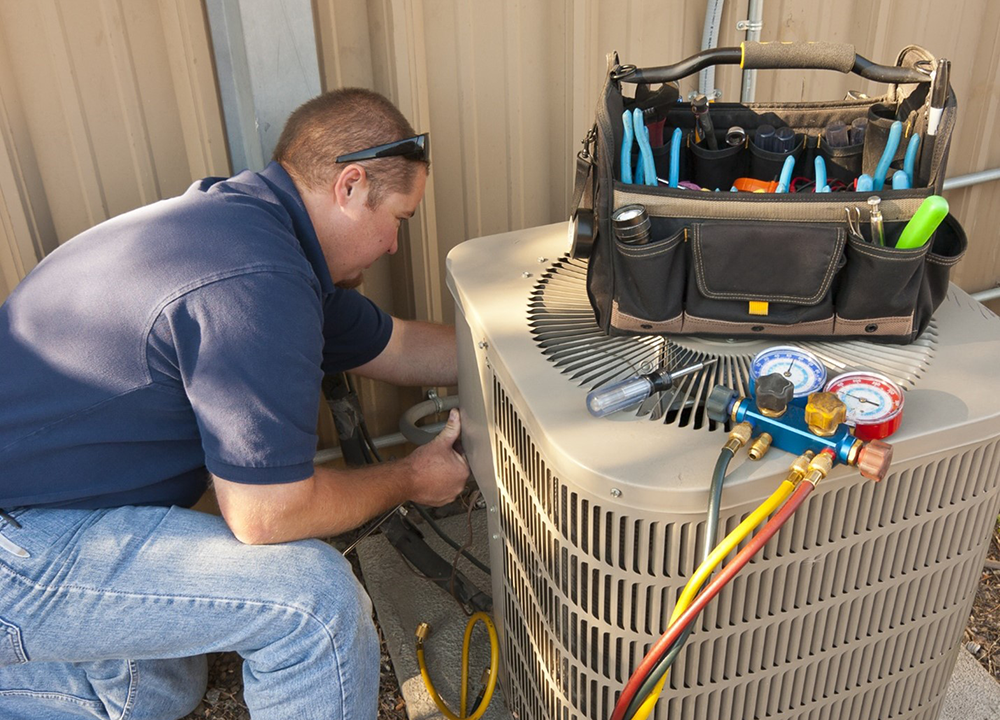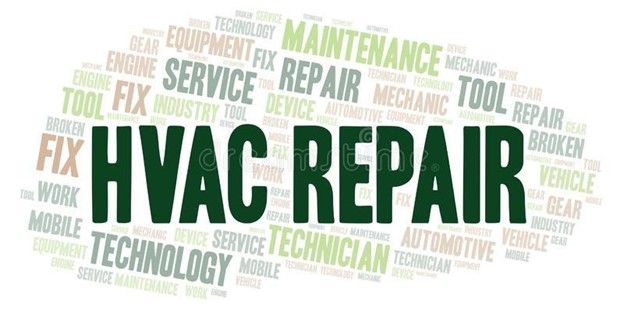Get Ready for 15 SEER
Throughout 2022 you should expect to hear the term 15 SEER or 14 SEER more and more. What is it all about? SEER is short for Seasonal Energy Efficiency Ratio. The calculation involves measuring the cooling output of an air conditioner and dividing that by the watt-hours of energy it uses over a cooling season.
Fifteen SEER simply means that cooling produced by an air conditioner or heat pump must be 15 times the watt-hours required to produce that cooling. The conversation about 15 SEER is heating up because the new regulation states that by January 1, 2023, any new air conditioning system sold in the southeast or southwest must have a minimum energy efficiency ratio of 15 SEER per watt-hour. Air conditioning systems sold in northern states must have a minimum of 14 SEER.
The minimum SEER until now has been 13. Most modern air conditioners have a SEER in the 13 to 21 range. Older systems, many of which are the systems which will wear out and need to be replaced soon, are rated at around 8 or 9. Upgrading from 8 SEER to 15 SEER will result in a major reduction in future electricity usage.
The U.S. Department of Energy (DOE) sets energy efficiency regulations based on recommendations from the Appliance Standards and Rulemaking Federal Advisory Committee (ASRAC). This new standard follows standards set in 2011 and 2006. In less than 20 years, the SEER standards will have been raised by more than 50%.
Automotive MPG standards are a good analogy for SEER standards. If your vehicle has a higher MPG rating, you are able to drive longer distances for every gallon of fuel you purchase. With the SEER qualifying standard, you are able to enjoy more cooling units for every watt-hour of electrical energy that you purchase. Also like MPG, the SEER number represents the best case over an entire cooling season. Homeowners consume fewer watt-hours when the outside temperature is 60 degrees than when it is 100 degrees. Vehicles get higher MPG with city driving than with highway driving.
There is regional variation on the SEER efficiency level. Southeastern and southwestern states require 15 SEER; all other states require 14 SEER. Heat pump efficiency is 15 SEER in all states. The southeastern and southwestern states and territories include Alabama, Arizona, Arkansas, California, Delaware, Florida, Georgia, Hawaii, Kentucky, Louisiana, Maryland, Mississippi, Nevada, New Mexico, North Carolina, Oklahoma, Puerto Rico, South Carolina, Tennessee, Texas, Virginia, and the District of Columbia.
These new 15 SEER standards were first published in 2015, giving equipment manufacturers time to design and set up manufacturing processes for the implementation of 15 SEER. What this means for the homeowner in need of purchasing a replacement air conditioning system is that equipment prices will increase, but the new systems will be more energy-efficient, resulting in lower utility costs over the life of the new system.
Estimates are that over the life of equipment that meets the 15 SEER standard, homeowners will realize $38 billion in electricity cost savings.
If your system is in need of replacement, call the professional technicians at Semper Fi. We can help you understand your options and set you up with a replacement system that reduces the amount of electricity you pay for in the summer.
